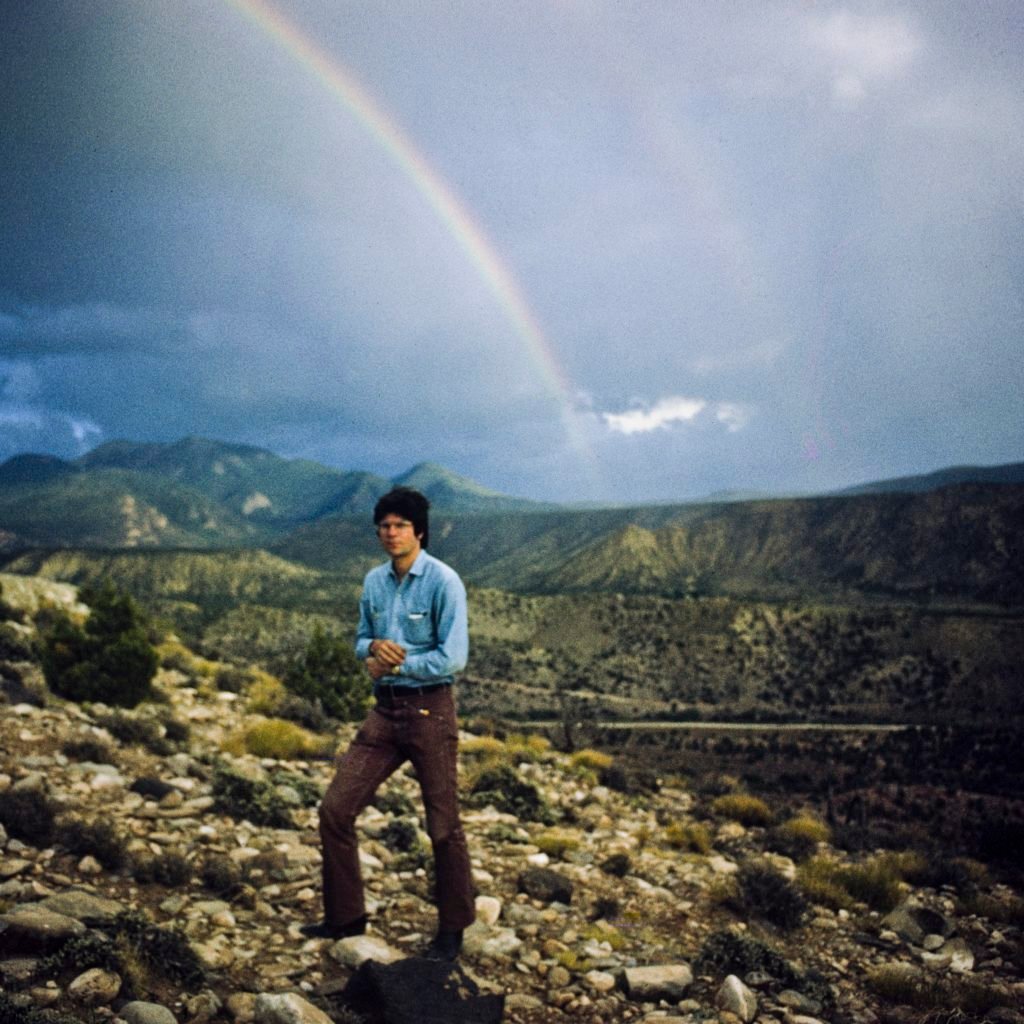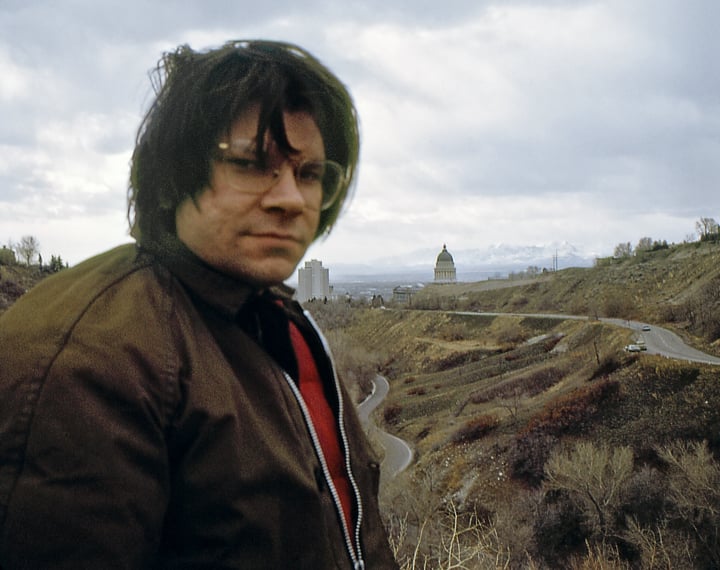Galleries
Marian Goodman Will Represent the Estate of Land Art Pioneer Robert Smithson, Who Left Behind a Trove of Never-Before-Seen Work
The venerable gallerist will organize the first-ever show of Smithson's art in London this May.

The venerable gallerist will organize the first-ever show of Smithson's art in London this May.

Eileen Kinsella

Blue-chip gallerist Marian Goodman has been chosen to represent the estate of the late American artist Robert Smithson.
The news coincides with the 50th anniversary of Smithson’s most famous work, the Spiral Jetty, an earthwork constructed in April 1970 in the Great Salt Lake in Utah.
To celebrate the partnership between the gallery and the Santa Fe-based Holt/Smithson Foundation, which oversees the estates of Smithson and his late wife, artist Nancy Holt, Marian Goodman will organize a solo exhibition at her London Gallery this May. It will be the first-ever solo show of Smithson’s work in the city, said Lisa Le Feuvre, the foundation’s executive director.
“Without question, Robert Smithson’s work feels even more important now than ever,” Le Feuvre told Artnet News. “It’s complicated to think about where the work begins and ends. It’s about ideas, about possibilities, and recalibrating how we think about our place on the planet.”
The move comes as mega-galleries such as Hauser & Wirth and Pace have been adding artists and estates at a furious pace. By comparison, Marian Goodman has kept her stable modest. But the gallery said it partnership was a natural fit. “Marian Goodman has a history with Smithson,” says Philipp Kaiser, the gallery’s chief executive director of artists and programs. In 1965, Goodman was a founder of Multiples, a landmark publishing arm that produced prints, multiples, and books by top American artists.
“Smithson’s ideas are so crucial for many of the Marian Goodman gallery’s artists, including Tacita Dean—who did a few pieces about Smithson—Pierre Huyghe, and Adrián Villar Rojas, who were extremely influenced by his practice,” Kaiser says. “He’s one of the best artists of the 20th century, an artist’s artist. His ideas about environmentalism, entropy, decay, ruin, and science fiction, which he combined together with a compelling vision, are very timely.”

Nancy Holt, Robert Smithson at City Creek. © Holt/Smithson Foundation, licensed by VAGA at ARS, New York.
As a curator, and prior to joining the Marian Goodman gallery after more than 20 years in the museum world, Kaiser organized the seminal 2012 Land Art show “Ends of the Earth: Land Art to 1974,” which was shown at MoCA in Los Angeles and the Haus der Kunst in Munich.
Holt inherited Smithson’s sizable output of works upon his death in 1973, and oversaw the estate for decades afterward. Many of the artworks have never been seen by the public. Le Feuvre says some of them will be available for sale, and the goal is to eventually gift works to important collections.
An additional interesting fact? The plan is to eventually wind down the foundation around 2038, the centenary of the artist’s birth.
“Why does an artist-endowed foundation even exist?” Le Feuvre asks. “To get people talking about an artist and keep that conversation going. If an artist’s foundation is going to be successful, you don’t want to be cheerleading until the end of time. You want to make yourself obsolete.”